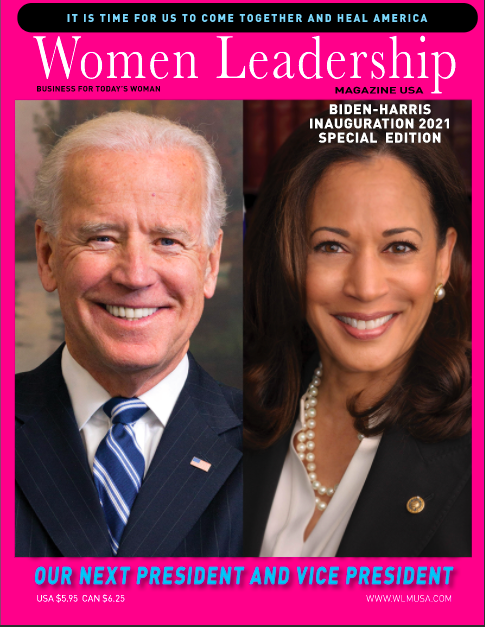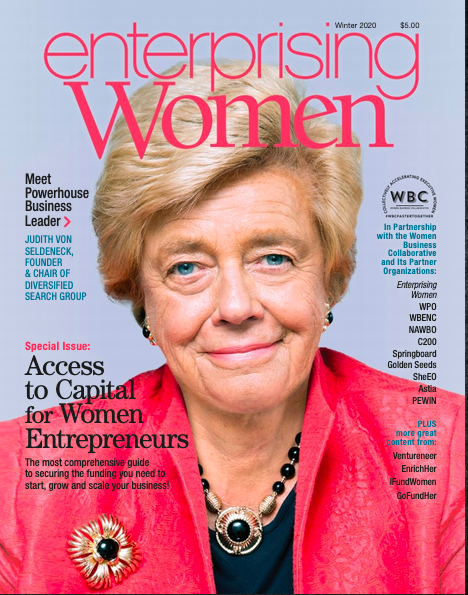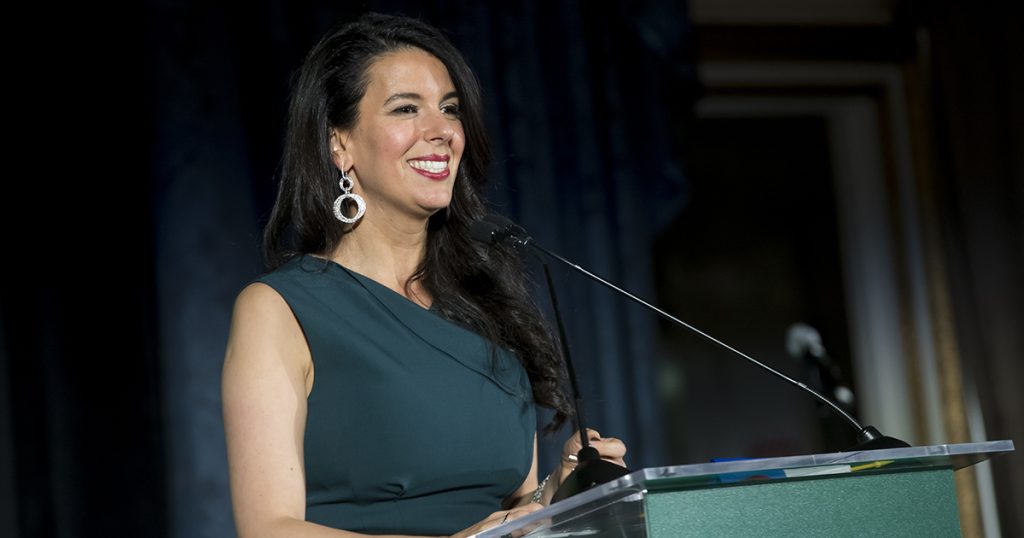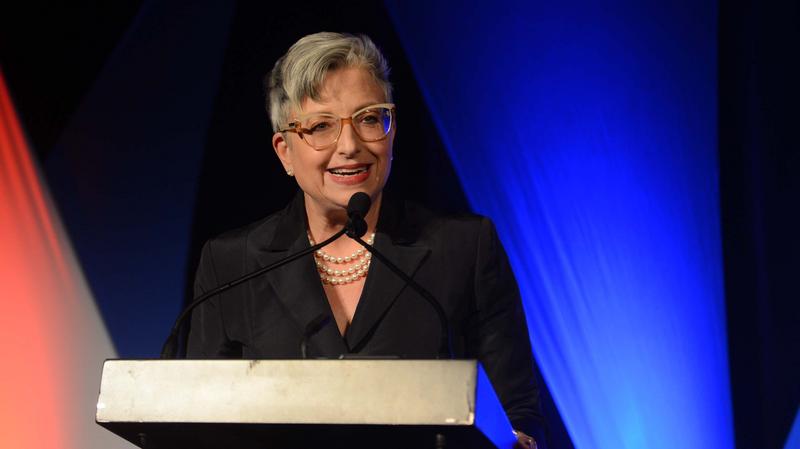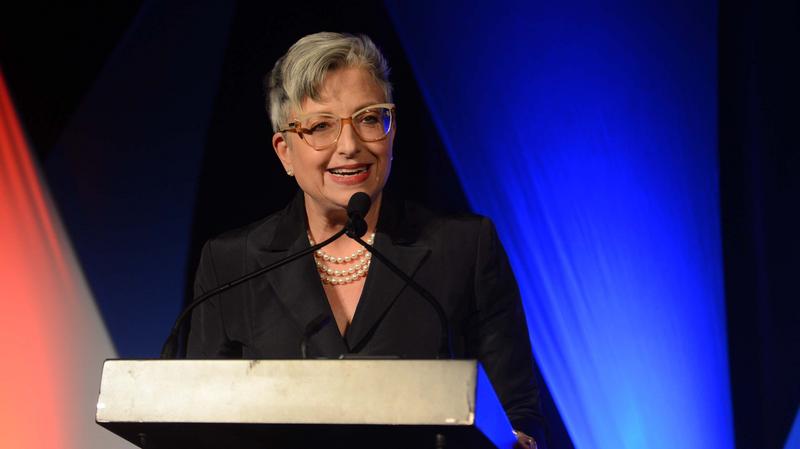Edie Fraser, CEO of Women Business Collaborative in Washington, DC, honored by NAWBO with the 2020 Gillian Rudd Business Leadership Award – Named After NAWBO's 1987-'88 President
and Honoring Contributions to the Status and Visibility of Women-Owned Firms.
WASHINGTON, Sept. 24, 2020 /PRNewswire/ — The National Association of Women Business Owners (NAWBO) was proud to honor several trailblazing women business owners during its Virtual National Women's Business Conference (WBC2020) Awards Gala on Wednesday evening, September 23rd.
"Our NAWBO community is brimming with women who are deeply deserving of honors," says Cristina Morales Heaney, 2020-2021 Chair of the NAWBO National Board. "These four women really stood out in 2020 for their overall business excellence; for the legacy of women's entrepreneurship they have created for future generations; for their contributions to the status and visibility of women-owned businesses; and for their 'give-back' attitude and servant focus."
"One of my favorite parts of the conference is honoring our Woman Business Owner of the Year," adds Jill Calabrese Bain, Managing Director, Internal and Corporate Communications, Bank of America, WBC2020's presenting sponsor and sponsor of this preeminent NAWBO award. "This award is not just based on business size, but rewards an entrepreneur who excels at strategy, operations, finances, problem-solving, overcoming adversity and giving back to her community—all aspects of business ownership that are more critical than ever."
NAWBO celebrates the following 2020 NAWBO award recipients:
2020 Woman Business Owner of the Year Award – Sponsored by Bank of America
and Recognizing Overall Business Excellence
Rebecca Fyffe
Rebecca is CEO and director of research of Landmark Pest Management in Illinois, as well as a subject matter expert on policies and programs designed to enable women and minorities to capture a representative share of economic opportunities in corporate and government procurement and contracting.
2020 Susan Hager Legacy Award – Named After NAWBO's Founding President and Honoring Advocacy and Action
Phyllis Hill Slater
Phyllis is a devoted and celebrated business advocate. For over 40 years, she served as president and CEO of the highly successful New-York-based engineering and architectural support firm Hill Slater Group. She currently is a sought-after speaker and provides strategic business consulting and professional development coaching services.
2020 Gillian Rudd Business Leadership Award – Named After NAWBO's 1987-'88 President
and Honoring Contributions to the Status and Visibility of Women-Owned Firms
Edie Fraser
Edie is CEO of Women Business Collaborative in Washington, DC, with a powerful vision: equal position, pay and power for all businesswomen. It engages businesswomen's organization partners and stakeholders to accelerate the advancement of businesswomen. She is managing director of Diversified Search and was founder and CEO of STEMconnector and Million Women Mentors.
2020 Dr. Tererai Trent Award – Named After Dr. Trent and Recognizing a Voice Toward Equality, 'Give-Back' Attitude and Servant Focus
Tammy Renee Butler
Tammy is owner and managing principal of Engaging Solutions in Indiana, where she has successfully managed the company's call center business and co-managed the firm's planning and community outreach sector. She is a proven leader in housing and community development with a deep commitment to improving communities and the lives of women.
Read the full release here.






